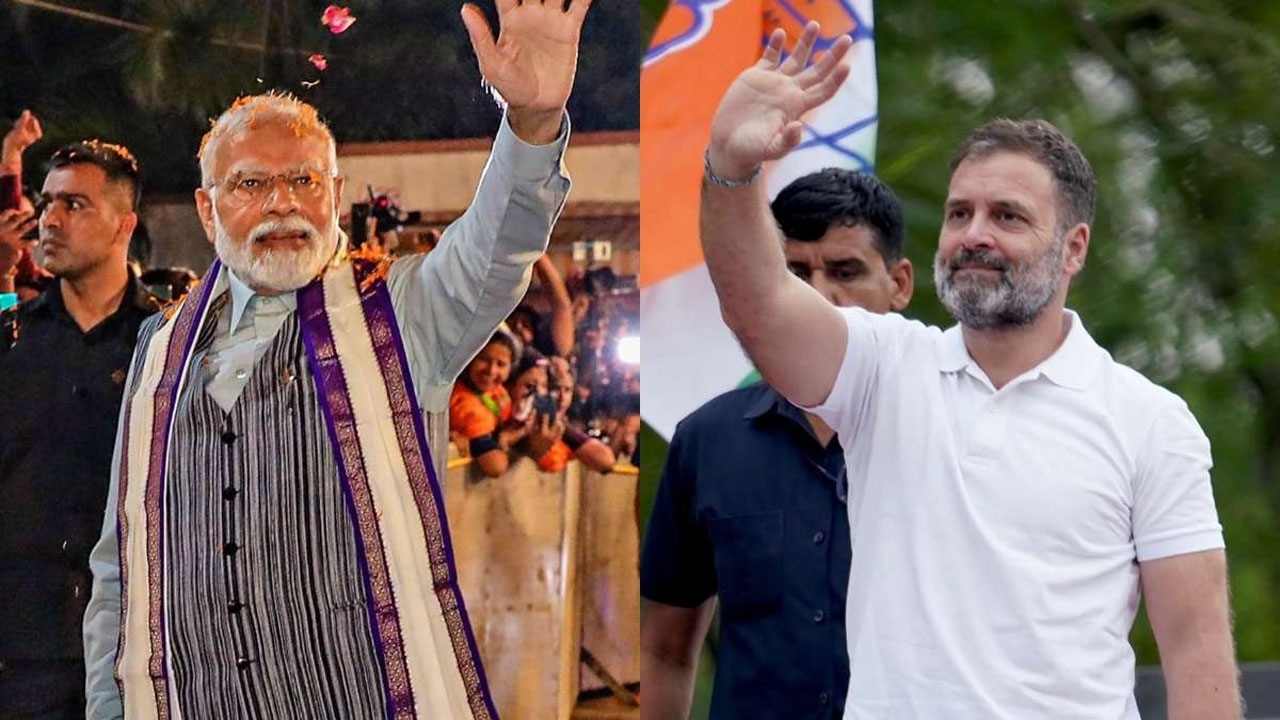
India, one of the world’s largest democracies has witnessed significant shifts in its political landscape over the past decade. Lets delve into the transformative journey of Indian politics, comparing the crucial elections of 2014, 2019 and 2024.
2014: The Emergence of Modi Wave
In 2014, the Bharatiya Janata Party (BJP), under the leadership of Narendra Modi, scripted a historic victory ending the ten-year reign of the Indian National Congress. Riding on the promise of economic revival and anti-corruption measures Modi spearheaded the BJP to secure an absolute majority in the Lok Sabha, a feat unseen since 1984. The ‘Modi wave’ swept across the Hindi heartland, propelling the BJP to victory with 282 seats while the National Democratic Alliance (NDA) secured 336 seats.
2019: Modi’s Resounding Return
In 2019, Prime Minister Narendra Modi sought re-election, with the BJP aiming to consolidate its mandate. Contrary to speculations of a reduced majority, the BJP not only retained power but also achieved a landslide victory, securing 303 seats in the Lok Sabha. Once again, the Hindi heartland emerged as the BJP’s stronghold, contributing significantly to its triumph. However, the Indian National Congress faced another setback failing to make substantial gains and winning only 52 seats.
2024: A Paradigm Shift
The 2024 Lok Sabha elections marked a significant shift in India’s political landscape. Despite high expectations, the BJP fell short of its ambitious goal of 400 seats, winning 240 seats. The election results reflected a decline in the BJP’s dominance especially in key states like Uttar Pradesh, Rajasthan, and Haryana. Moreover, the emergence of regional parties like the Samajwadi Party in Uttar Pradesh and the Trinamool Congress in West Bengal added a new dimension to the political scenario.
The Rise of Opposition
The resurgence of the Indian National Congress, led by Rahul Gandhi, and the formidable performance of regional parties posed a formidable challenge to the BJP’s supremacy. The Congress, as part of the Opposition INDIA alliance, secured 99 seats, making significant inroads in states like Rajasthan and Haryana. The Trinamool Congress’s victory in 29 seats in West Bengal underscored the growing influence of regional players in national politics.
Modi’s Vision for the Future
Prime Minister Narendra Modi, despite facing a reduced mandate, expressed his commitment to building a developed India and uprooting corruption in his third term. Acknowledging the importance of collaboration with states, irrespective of political affiliations, Modi emphasized the need for big decisions to propel India’s growth trajectory.













